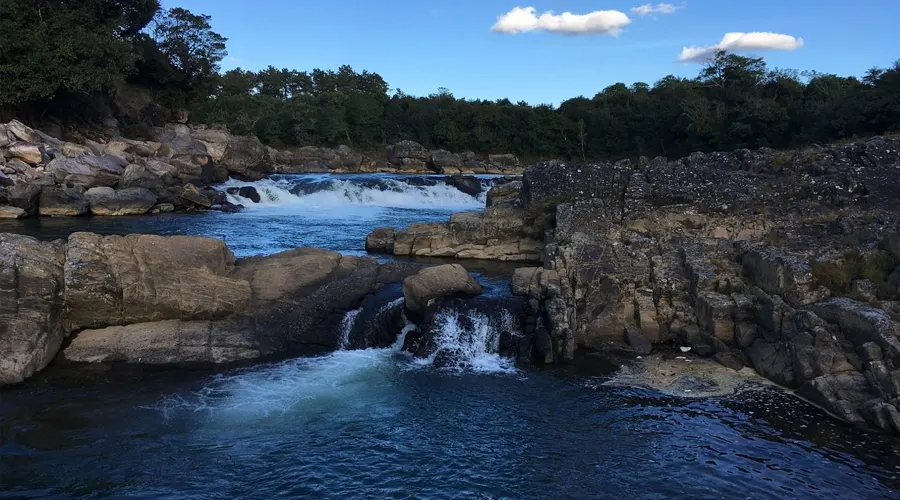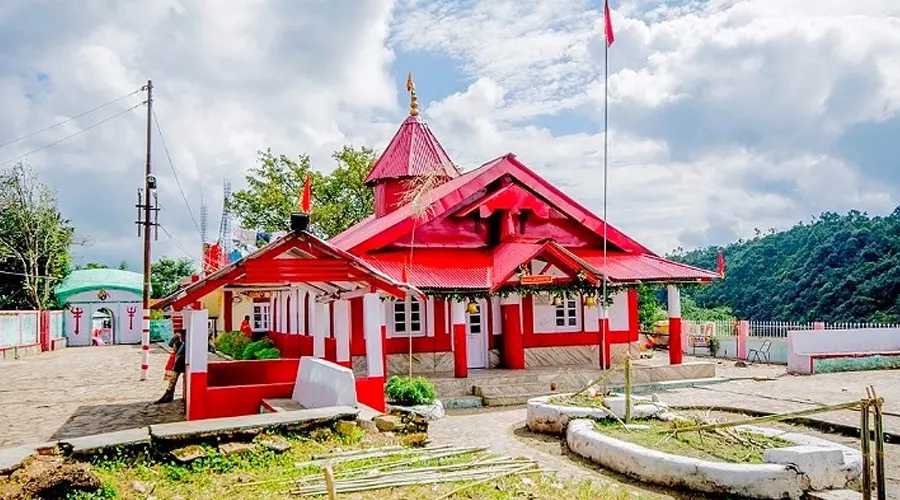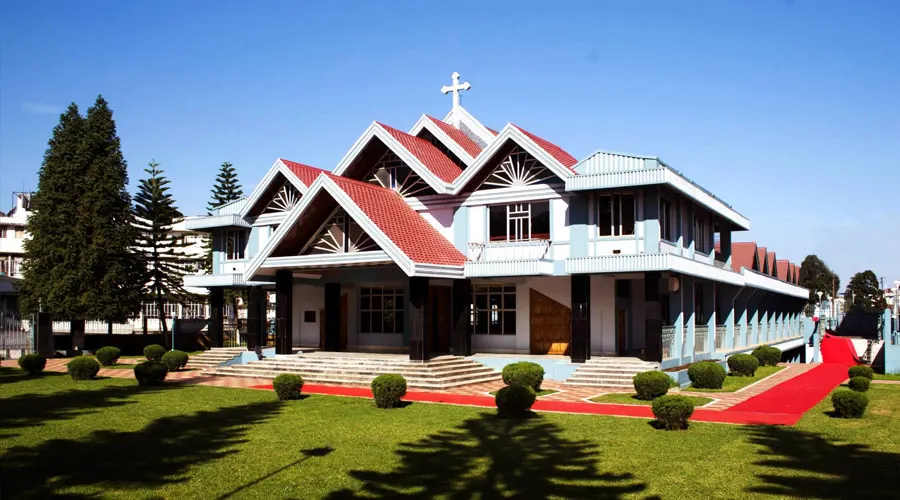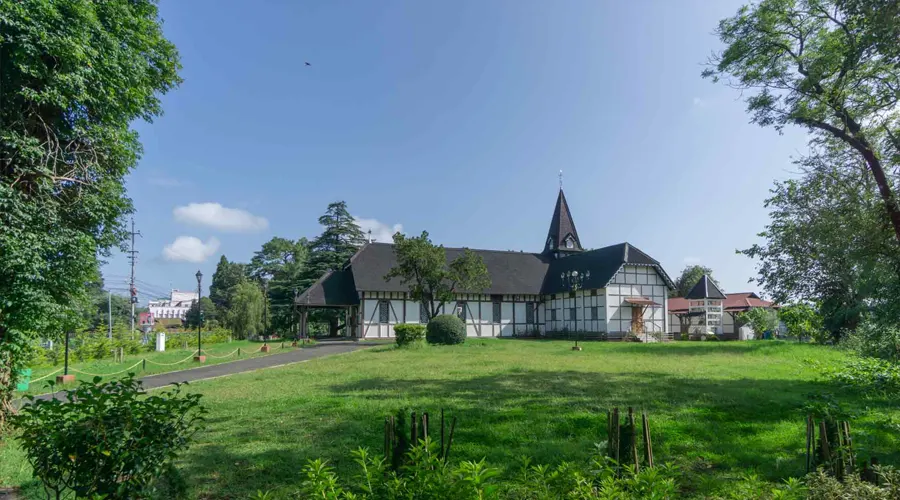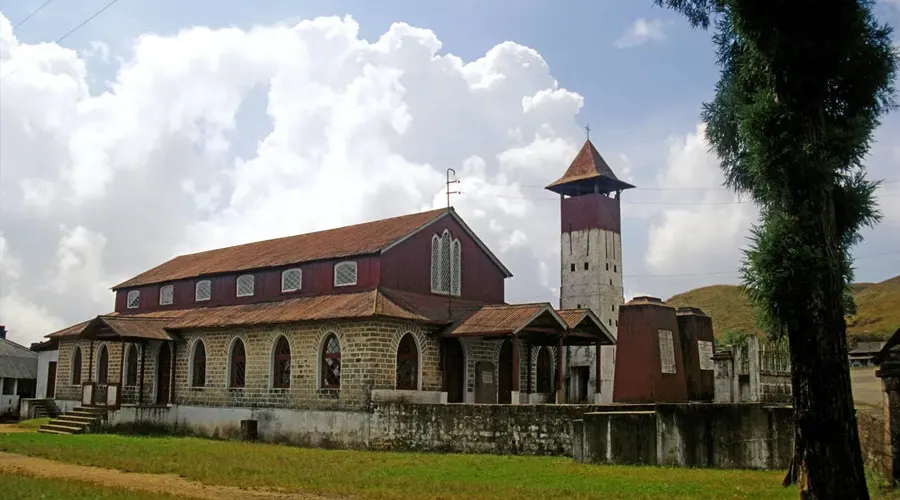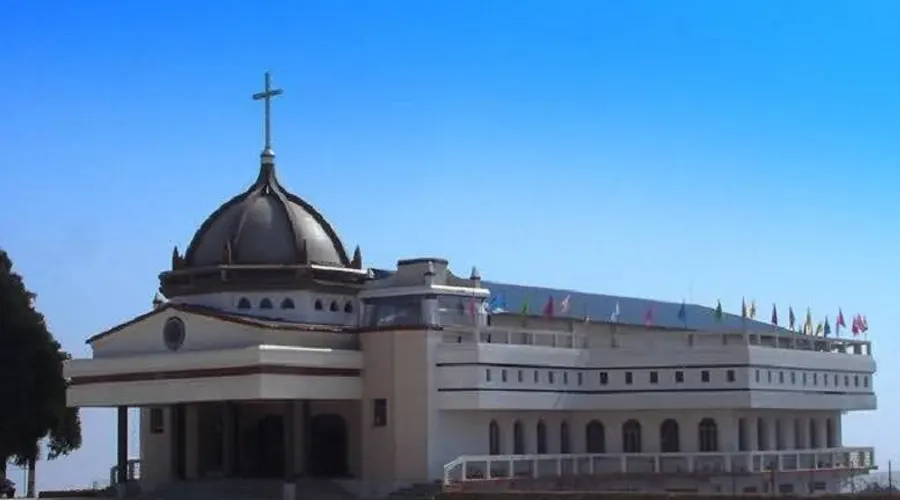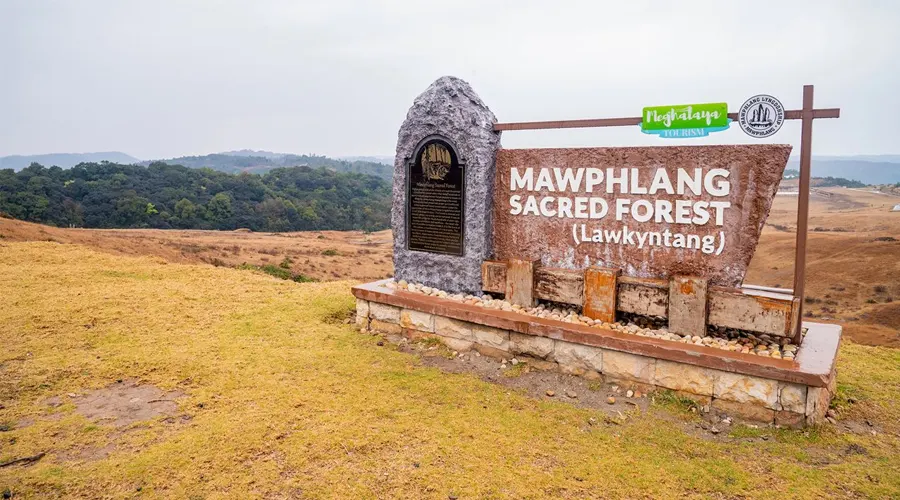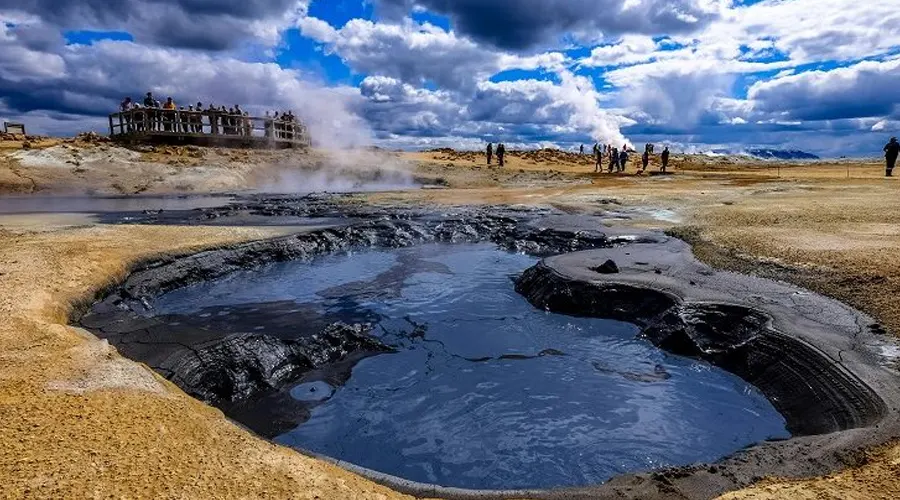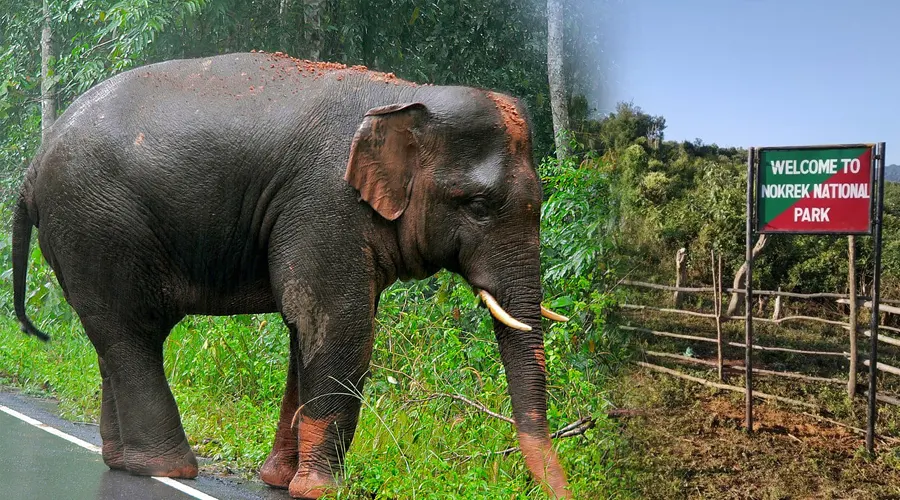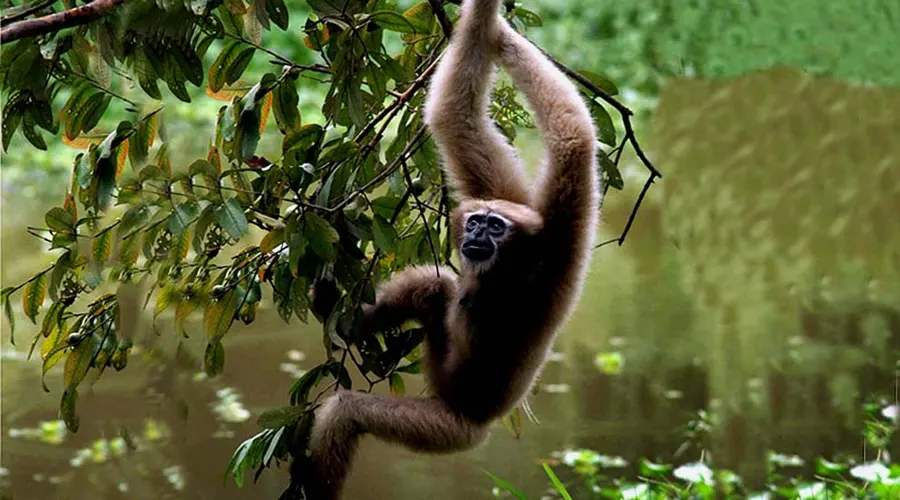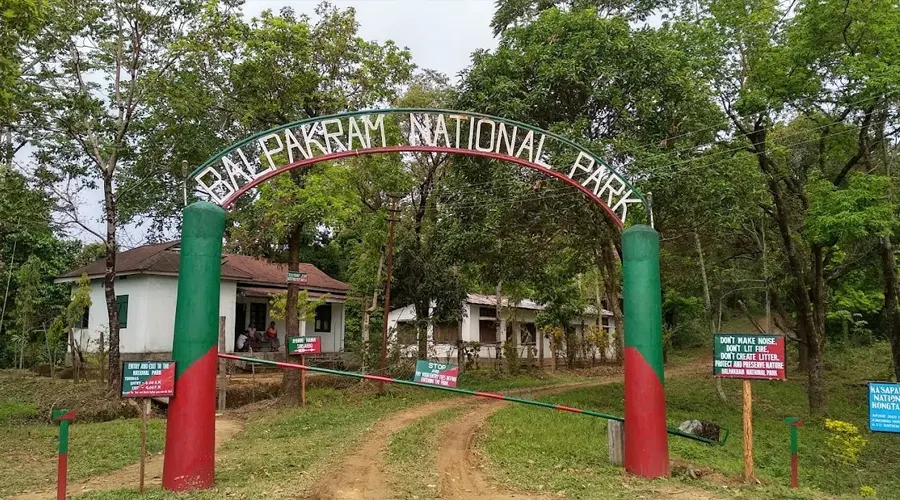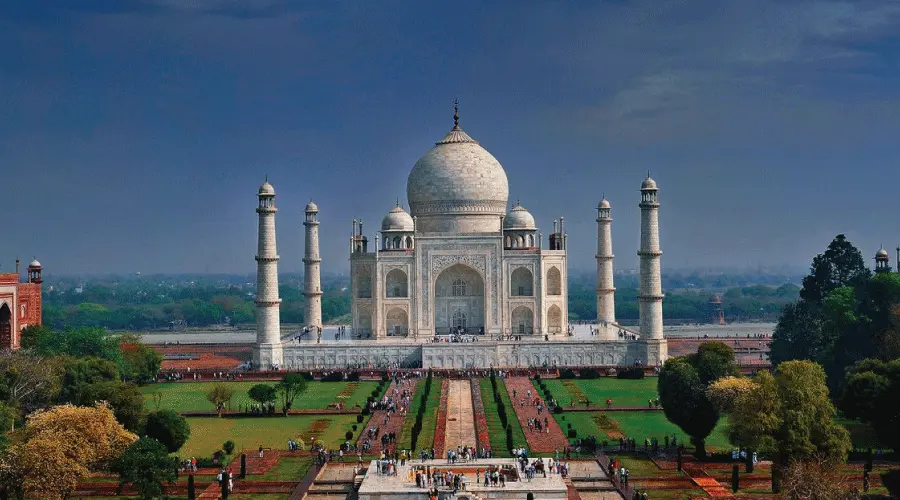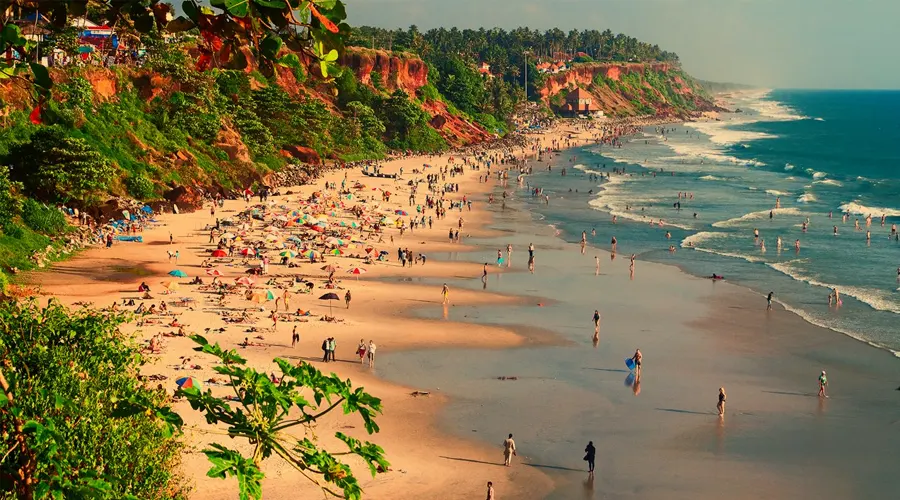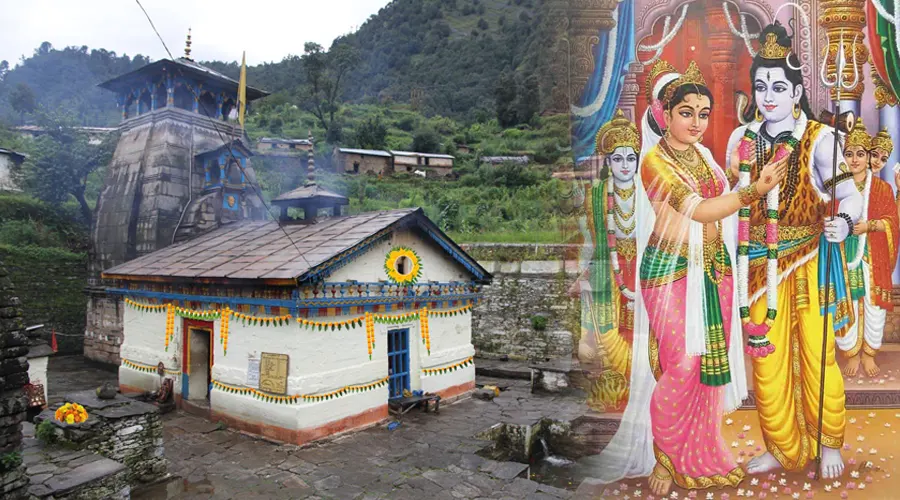Nongkhnum River Island: Meghalaya's Hidden Gem
Nestled in the serene lap of West Khasi Hills, Nongkhnum River Island is Meghalaya’s hidden natural marvel and the second-largest river island in Asia. Surrounded by the picturesque Kynshi River, this island is a paradise for eco-tourists, backpackers, and adventure lovers. From sandy riverbanks and cascading waterfalls to scenic treks and riverside camping, Nongkhnum offers a tranquil escape far from the usual tourist circuits. If you’re looking to explore an offbeat Meghalaya destination with untouched beauty and minimal crowds, Nongkhnum Island is the perfect spot to reconnect with nature.
History of Nongkhnum River Island
Located in the West Khasi Hills district of Meghalaya, Nongkhnum River Island is the largest river island in Meghalaya and the second-largest in Asia after Assam’s Majuli Island. This offbeat and tranquil spot lies near Nongstoin town, about 63 km from Mairang Sub-Division. Over the years, it has evolved from an untouched landmass into a quiet nature escape, attracting trekkers, campers, and backpackers. Though not steeped in centuries-old legends like many sacred forests, Nongkhnum holds importance in the lifestyle of the local Khasi people, offering scenic landscapes and sustainable tourism potential.
Things To Do at Nongkhnum Island
Nongkhnum Island offers a refreshing blend of serenity, adventure, and natural charm. Here are the top things you can enjoy:
- Boating on the Kynshi River – Glide through the calm waters and enjoy lush green surroundings.
- Trekking and Hiking – Explore trails that lead to viewpoints, waterfalls, and riverside paths.
- Camping – Pitch a tent by the riverside or forest edge and enjoy starry nights.
- Fishing & Swimming – Try your hand at catching local fish or cool off in the natural pools.
- Photography – Capture the raw beauty of waterfalls, sunsets, forests, and birds.
Architecture & Natural Layout
Nongkhnum Island isn’t defined by man-made structures but by its natural architecture – rivers, sand beaches, waterfalls, and greenery. The island is surrounded by the Kynshi River and divided by two streams: Namliang and Kynshi, forming a sand bar in the middle. The island's raw topography is marked by:
- Sandy riverbanks perfect for picnics
- Rolling meadows and small hills
- Rock outcrops and forested areas
- Waterfalls like Weina Falls and Langshiang Falls add scenic and ecological value to the area.
Travel Tips for Nongkhnum Island
- No entry fee, but carrying snacks and water is advised as food options are limited.
- Carry tents and camping gear if planning to stay overnight.
- Mobile connectivity is weak, so inform family beforehand.
- Hire a local guide for trekking routes and waterfall trails.
- The place is best suited for eco-tourism, so avoid littering or damaging natural areas.
- Wear comfortable trekking shoes and carry insect repellent.
- Be cautious during river activities—avoid swimming alone.
Nearby Attractions
While you're in the West Khasi Hills, explore these gems:
|
Attraction |
Distance from Nongkhnum |
Highlights |
|
Langshiang Falls |
10 km approx |
Third highest waterfall in India |
|
Weina Falls |
~7 km |
Serene and unexplored beauty |
|
Nongstoin Town |
14 km |
Local market, food, and cultural vibes |
|
Shillong City |
90 km |
Hill station charm, cafes, and heritage sites |
|
Mawphanlur |
45 km |
Offbeat hilltop village with lakes and pine trees |
Faq About Nongkhnum River Island: Meghalaya's Hidden Gem
Ans: Nongkhnum River Island is located in the West Khasi Hills district of Meghalaya, near Nongstoin.
Ans: It is Asia’s second-largest river island and known for its natural beauty, waterfalls, and eco-tourism.
Ans: No, there is no entry fee for visitors.
Ans: Yes, riverside and forest camping are popular among tourists. You must carry your own camping gear.
Ans: Yes, you can hire local guides for treks, waterfall visits, and exploring the island.
Ans: Swimming is allowed, but it is advised to stay near the banks and avoid strong currents.
Ans: Nongstoin is the closest town, located around 14 km from the island.
Ans: No, it's best to carry your own food and water.
Ans: A full-day trip is ideal, or you can camp overnight for a more immersive experience.
Ans: Absolutely! The island’s landscapes, rivers, and waterfalls are perfect for nature and landscape photography.

